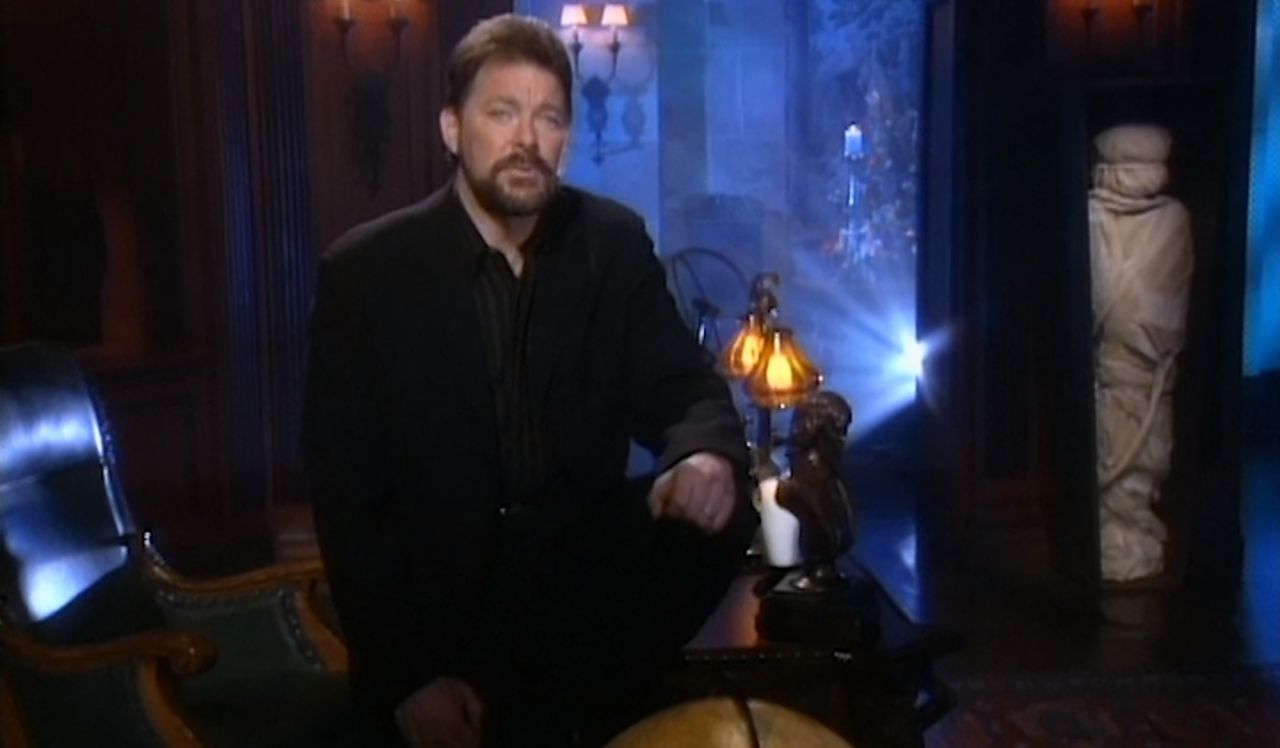In the realm of storytelling, few presentations manage to intertwine the nebulous fabric of belief and skepticism quite like “Beyond Belief: Fact or Fiction.” Season 5 of this mesmerizing anthology illustrates the confluence of reality and illusion through a tapestry woven with deft narrative threads. The show’s unique appeal lies not merely in its capacity to engage audiences with beguiling tales but also in its intriguing exploration of cultural relativism. In this analysis, we will delve into what is real and what resides in the realm of fiction while reflecting upon the cultural contexts that shape our interpretations and beliefs.
To begin, it is crucial to delineate the contrasting notions of fact and fiction as they are employed in this series. Each episode is structured around a series of vignettes, wherein viewers are left to ponder the authenticity of the narratives presented. Through a lens of cultural relativism, the interpretation of these stories becomes akin to a Rorschach test, where individuals’ backgrounds—be they socio-economic, geographic, or ideological—variably influence their perceptions of truth. This phenomenon echoes throughout various traditions and folklore, wherein what is considered “real” often straddles the line between the empirical and the fantastical.
In Season 5, one can observe the compelling narrative of haunted locations. The episodes feature individuals recounting their paranormal encounters, evoking traditional beliefs in spirits and their intercessions in the material world. Within certain cultural contexts, such beliefs are not only pervasive but are integral to the social fabric. Conversely, in societies grounded in empirical rationality, such as many Western cultures, such accounts are often greeted with skepticism, viewed through the prism of scientific inquiry. Herein lies the paradox: the very same narrative can be deemed both credible and preposterous, depending on the cultural lens applied.
A striking instance in Season 5 involves a narrative that involves an abandoned asylum, a setting replete with both historical gravitas and gothic allure. For some viewers, the tale may elicit a sense of fear and authenticity—connected through the collective memory of urban legends that circulate around similar locales. Meanwhile, others may approach the story with an unwavering analytical mindset, seeking rational explanations for the purported supernatural occurrences. The asylum becomes a microcosm of cultural interpretations, revealing how customary beliefs can differ vastly even within a singular geographic region.
Intriguingly, the series uses these stories to challenge the audience’s perceptions regarding the credibility of sources. Who are we to deem the teller’s experience as fabricated? In many indigenous societies, oral histories are foundational, serving as channels for communal identity and continuity. The reliability accorded to a subjectively experienced encounter can scarcely be measured against empirical standards without diminishing the cultural significance of the narrative. In “Beyond Belief: Fact or Fiction,” we find a parallel to this issue, as it raises questions about the legitimacy of personal experiences against constructed narratives.
Moreover, the psychological dimension of belief is crucial in understanding the reception of these tales. Cognitive dissonance plays a significant role when individuals find themselves confronted with conflicting beliefs that challenge their worldview. Each story in Season 5 operates as a catalyst for re-evaluation, not only of the narrative’s truthfulness but also of the viewer’s own belief systems. The tension between conviction and incredulity reverberates beyond the screen, beckoning a dialogue about how personal experiences shape our understanding of broader realities.
As we navigate through the season’s diverse narratives, it becomes evident that the show offers viewers a veritable smorgasbord of existential inquiries. Are we mere passive recipients of information, or are we active participants in shaping our perceptions of reality? The situational context of each story serves as an actor in this drama, one that invites us to question the nature of existence itself. Thus, cultural relativism emerges not merely as an academic concept but as a vital framework for understanding the narratives presented.
Additionally, the use of mise-en-scène within the series amplifies the sense of mystique surrounding these episodes. The meticulous attention to atmospheric detail—soft lighting that engenders suspense, sound design that elicits visceral reactions—creates a cinematic experience that transcends mere storytelling. Each vignette is imbued with an ethereal quality that resonates with the cultural archetypes present in myths and folklore, encapsulating the universal human preoccupation with the unknown and the unseen. It is this intersection of aesthetics and narrative that solidifies the series’ artistic merit.
Ultimately, “Beyond Belief: Fact or Fiction” Season 5 serves as a rich tapestry wherein the intersections of fact, fiction, and cultural relativism coalesce. The narratives, while ostensibly standalone, collectively emanate a profound commentary on the nature of belief, perception, and the myriad ways in which culture informs our understanding of reality. As viewers grapple with the dichotomy of what they believe to be real and what may be mere figment, they are invited to undertake an introspective journey—one that not only traverses the boundaries of the known but also extends into the vast, uncharted terrains of human experience. Herein lies the unique appeal of this innovative anthology, an invitation to confront the enigma of existence through the lens of multiple realities.
